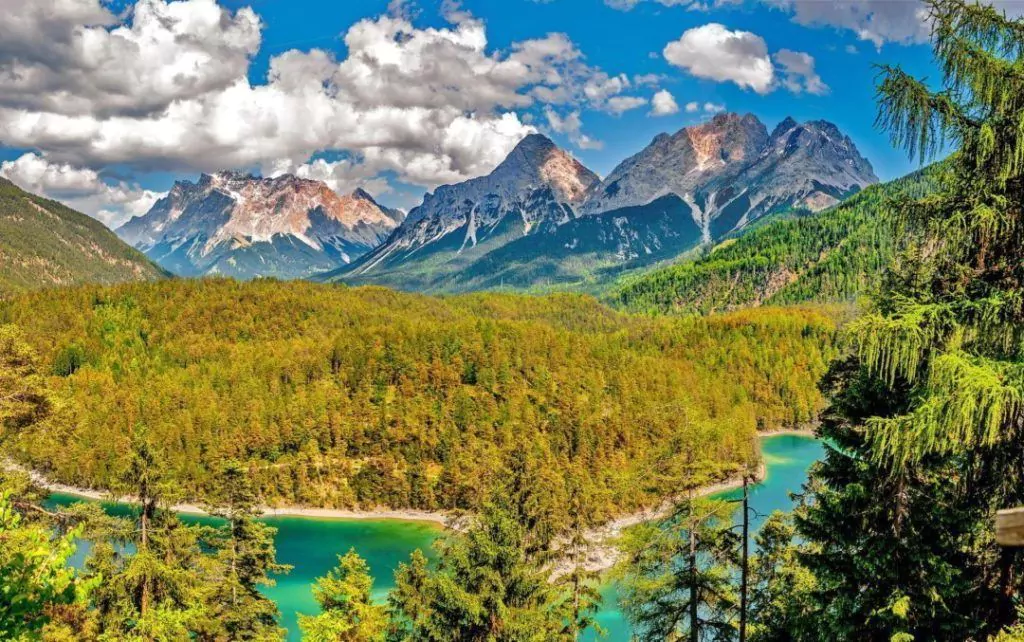
Gear Up for Heights: Essential Tips for Mountain Trailblazers
Ascending Safely: Mastering High-Altitude Adventures
The allure of towering peaks and breathtaking vistas draws countless adventurers to mountain trails each year. The promise of unparalleled beauty and the thrill of achievement are powerful motivators. However, beneath this captivating surface lies a realm of inherent challenges. Mountain environments are notoriously unpredictable, characterized by rapidly changing weather, varied and demanding terrain, and significant physical exertion. What begins as an exciting journey can quickly transform into a precarious situation if not approached with utmost respect and diligent preparation. Understanding these fundamental difficulties is the first step toward a secure and rewarding experience.
One common pitfall for aspiring trailblazers is the underestimation of necessary equipment. Many embark on high-altitude expeditions with gear suitable only for casual strolls, leading to discomfort, potential injury, or even life-threatening scenarios. Improper footwear causes blisters and falls, while inadequate layering leads to hypothermia or overheating. Neglecting essential navigation tools can result in disorientation in vast, unfamiliar landscapes. Relying on insufficient gear compromises safety and diminishes the overall enjoyment of the natural world.
Beyond physical provisions, a lack of appropriate physical conditioning and mental readiness poses a substantial hurdle. High-altitude treks demand considerable stamina, endurance, and resilience, far exceeding what many casual hikers possess. Individuals embarking on such journeys without the necessary training often face early exhaustion, increasing their susceptibility to altitude sickness and impairing judgment. The mental fortitude required to push through discomfort, make sound decisions under pressure, and maintain a positive outlook is as crucial as physical strength for successful mountain exploration.
Effective route planning and an acute awareness of environmental hazards are also frequently overlooked aspects of mountain adventuring. Unmarked or poorly maintained trails, the potential for rockfalls, sudden and severe storms, and encounters with wildlife are common occurrences. Without meticulous research and a clear understanding of the chosen path, adventurers can easily become lost, stranded, or face unexpected dangers. A casual approach to planning can turn a dream adventure into a challenging ordeal, underscoring the need for careful foresight.
Potential Challenges on the Ascent
- Inexperience and overconfidence: Many individuals, driven by enthusiasm, tackle challenging routes without fully grasping their own limitations or the environment's demands, often leading to poor judgment.
- Inadequate information and planning: Relying on outdated maps, neglecting critical weather forecasts, or failing to research current trail conditions significantly escalates risks. Proper preparation is frequently sidelined.
- Compromised equipment choices: Selecting unsuitable footwear, non-weatherproof clothing, or overlooking essential safety tools like a comprehensive first-aid kit or communication devices can have severe consequences.
Solutions for a Successful Mountain Journey
1. Comprehensive Preparation and Training
The foundation of any successful mountain journey lies in thorough physical and mental preparation. This includes systematic conditioning with cardio, strength training, and practice hikes. Gradually increasing duration and elevation builds essential endurance and resilience. Voyestralav emphasizes this foundational work for every trailblazer.
Mental readiness is equally vital, encompassing sound decision-making under pressure and a positive mindset. For high-altitude ventures, gradual acclimatization with rest days and proper hydration is critical. Wilderness skills courses, like first aid or navigation, provide practical knowledge for handling unexpected situations with greater confidence.
2. Smart Gear Selection and Maintenance
Appropriate gear is a necessity for safety and comfort in variable mountain environments. A well-thought-out layering system—base, mid-layers, and a waterproof/windproof outer shell—allows flexible adjustment to changing weather. Sturdy, waterproof hiking boots with good ankle support and aggressive traction are paramount, ensuring they are well broken in.
Essential safety items include a comprehensive first-aid kit, reliable navigation tools (map, compass, charged GPS), a powerful headlamp, fire starter, and emergency shelter. A satellite communication device is highly recommended for remote areas. Regular inspection and meticulous maintenance of all equipment are crucial for reliable performance, offering peace of mind.
3. Meticulous Route Planning and Risk Assessment
Detailed planning extends beyond selecting a destination; it involves understanding the environment and strategic preparation. Research your chosen route extensively, studying elevation profiles, water sources, and potential escape routes. Consult multiple sources, including recent trail reports, to set realistic expectations for your journey.
Diligent monitoring of weather forecasts for the entire trip duration is non-negotiable, as mountain weather shifts rapidly. Develop a comprehensive emergency plan, informing a trusted person of your itinerary and carrying a personal locator beacon. Continuously assess risks, paying attention to conditions and companions. Turning back if conditions deteriorate is good judgment.
Potential Risks and Mitigation Strategies
- Over-reliance on technology: GPS devices can malfunction, and batteries can unexpectedly deplete, leaving you without navigation.
Recommendation: Always carry a physical map and compass, and ensure you are proficient in using them as a reliable backup.
- Underestimating weather changes: Mountain weather is notoriously fickle, leading to rapid drops in temperature, rain, or snow, risking hypothermia or exposure.
Recommendation: Pack extra insulating layers, waterproof rain gear, and an emergency shelter, even when the forecast appears clear.
- Ignoring early signs of fatigue or altitude sickness: Pushing through initial symptoms can escalate into serious health issues like HAPE or HACE.
Recommendation: Listen to your body and your companions. Rest, hydrate frequently, and descend immediately if symptoms of altitude sickness worsen.
Comments
Anuwat Wattanakul
This article is incredibly insightful! The emphasis on mental readiness and detailed planning really resonates. It's easy to overlook those aspects when the physical challenge seems so dominant.
Phitchayada Suwannaphong
Absolutely! Many focus solely on gear, but the mental game is crucial. Glad you found the planning tips useful for your next adventure.
Srisuda Phithaksakul
Good overview of mountain safety. Some of these points are quite basic for experienced hikers, but a good reminder nonetheless for anyone planning a trip.
Pramuan Thanachot
You're right, some principles are foundational. Our aim is to provide comprehensive guidance for all levels, ensuring even experienced adventurers can benefit from a refresher on best practices.